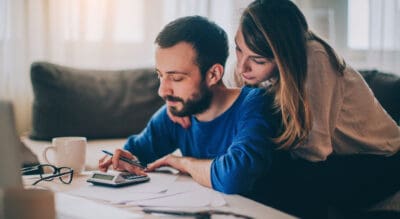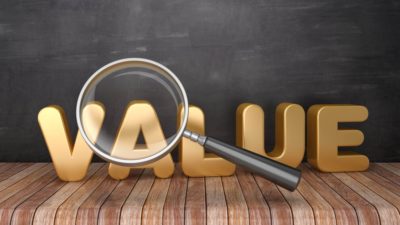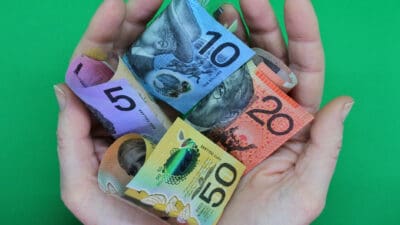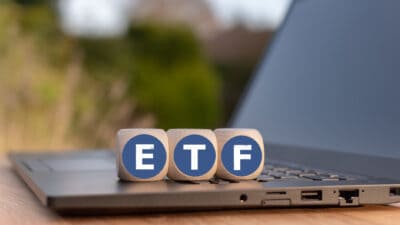The BetaShares Australia 200 ETF (ASX: A200) is a popular exchange-traded fund (ETF) that gives investors exposure to the ASX share market.
It tracks the Solactive Australia 200 Index, which includes 200 of the biggest businesses on the ASX.
The A200 ETF has net assets of more than $4.5 billion, making it one of the larger ETFs on the ASX.
I'm going to discuss, from my perspective, the pros and cons of the A200 ETF.
Positives of the A200 ETF
The annual management fee is 0.04%, the lowest-cost Australian shares ETF available on the ASX. Low costs are great because they leave more of the fund's value in the hands of investors rather than it being lost to fees.
Part-ownership of 200 businesses can give investors good diversification, with the biggest holdings within the portfolio being:
- BHP Group Ltd (ASX: BHP) – 10.2% of the portfolio
- Commonwealth Bank of Australia (ASX: CBA) – 8.4%
- CSL Ltd (ASX: CSL) – 5.9%
- National Australia Bank Ltd (ASX: NAB) – 4.6%
- Westpac Banking Corp (ASX: WBC) – 4%
- ANZ Group Holdings Ltd (ASX: ANZ) – 3.8%
- Wesfarmers Ltd (ASX: WES) – 3.3%
Another potentially positive aspect of the A200 ETF is its relatively high dividend yield of 3.5%, or 4.8% grossed-up for the franking credits. A large number of the holdings have a high dividend yield themselves, which helps the ASX ETF itself provide good passive income because an ETF simply passes on the dividends it receives.
The negatives
A200 ETF does own 200 businesses, but the weightings of the allocations mean it's less diversified than it first appears.
ASX financial and mining shares make up just over 52% of the portfolio. It makes sense, as miners and banks account for a very sizeable part of the Australian economy and tax base.
The top 10 businesses account for 48% of the portfolio right now, which again shows how loaded the A200 ETF portfolio is with just a few companies from a couple of sectors. This reality isn't a positive for me.
Miners and banks usually have generous dividends, but they're not known for producing long-term sustained capital growth. As at 28 March 2024, the A200 ETF had delivered an average return per annum of 8.9% since inception in May 2018. That's not bad at all; it's okay.
Past performance is not a guarantee of future performance, but international shares have demonstrated a stronger ability to reinvest and grow profit, enabling better returns than ASX blue-chip shares. I'll use some other BetaShares ETFs as examples of that.
The Betashares Global Quality Leaders ETF (ASX: QLTY) has delivered an average annual return of 15.6% over the past five years. The Betashares Nasdaq 100 ETF (ASX: NDQ) has delivered an average annual return of 22.2% over the last five years. The BetaShares Global Sustainability Leaders ETF (ASX: ETHI) has delivered an average annual return of 15.6% over the past five years.
I'm not expecting the next five years to be as good as the last five years for these ETFs, but it shows how growing businesses can deliver good returns.
The A200 ETF is a solid pick for the positives I mentioned above, but I'd want to own other ETFs as well to ensure I'm getting exposure to good businesses worldwide.









